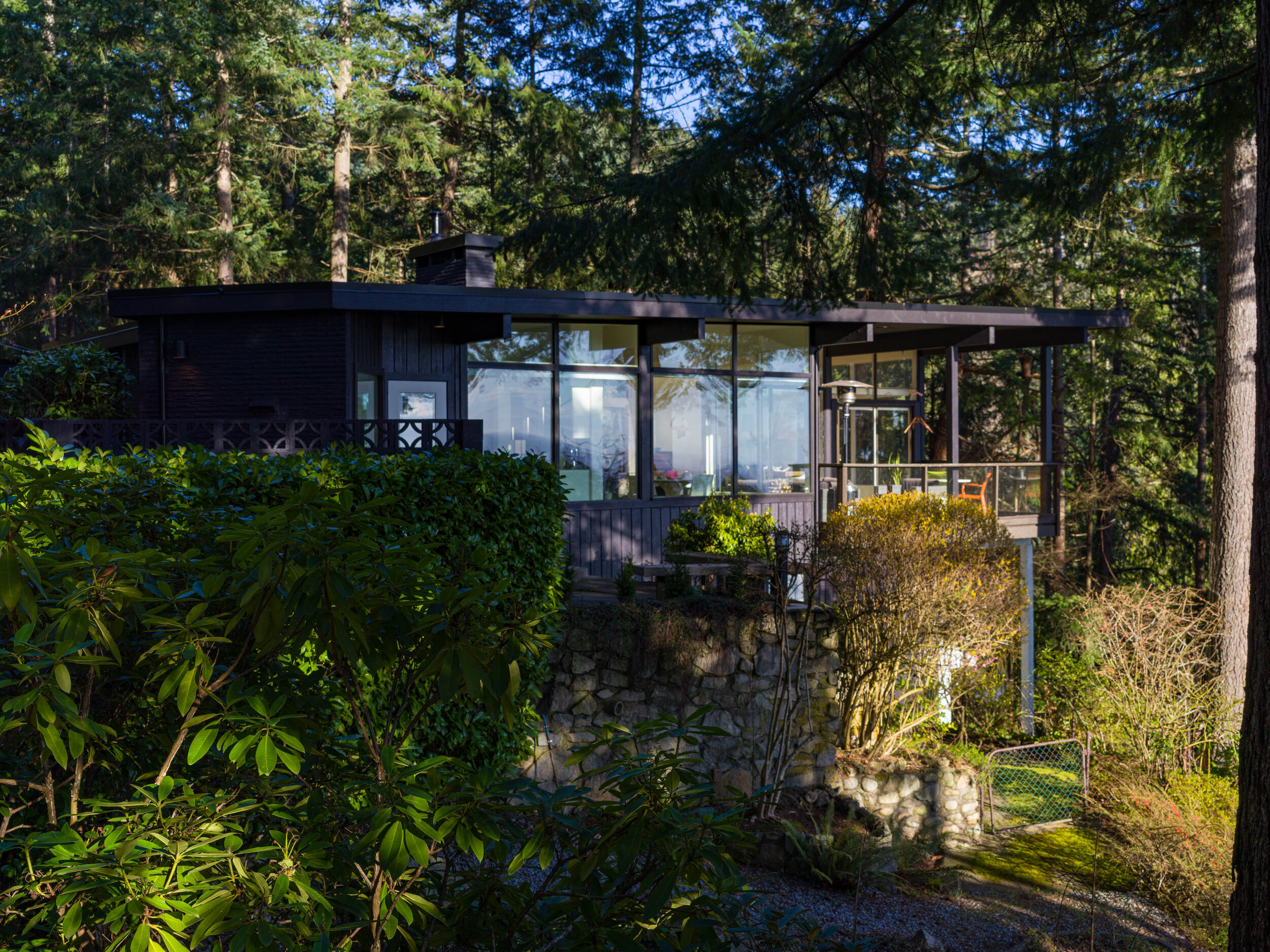
Avoid These Tree Pruning Mistakes in Eugene, OR | Expert Tips from Urban Arbor Care
15 Tree Pruning Mistakes to Avoid in Eugene, OR: Expert Arborist Advice from Urban Arbor Care
Eugene's unique climate and diverse tree species require a nuanced approach to pruning. While tree maintenance is essential, incorrect pruning practices can inadvertently harm your trees, compromise their health, and even shorten their lifespan.
As the leading tree care experts in Eugene, Urban Arbor Care is here to help you avoid these common pitfalls. Our team of certified arborists has compiled a comprehensive list of 15 tree pruning mistakes to avoid, ensuring your trees thrive and remain a valuable asset to your property.
Why Proper Pruning is Essential in Eugene
Eugene's trees face unique challenges due to the region's climate. Wet winters and dry summers can stress trees, making proper pruning even more critical for their health and longevity. Correct pruning techniques can:
- Promote Healthy Growth: By removing dead, diseased, or weak branches, pruning directs the tree's energy towards healthy growth.
- Enhance Tree Structure: Pruning shapes the tree, creating a strong and balanced structure that can withstand wind and snow loads.
- Increase Sunlight and Airflow: Opening up the canopy allows sunlight to penetrate lower branches and improves air circulation, reducing the risk of fungal diseases.
- Improve Aesthetics: Pruning can enhance the tree's natural beauty and shape.
- Increase Safety: Removing hazardous branches helps protect your property and loved ones from falling limbs.
- Increase Fruit Production: For fruit-bearing trees, proper pruning can increase yield and fruit quality.
15 Tree Pruning Mistakes to Avoid
- Over-Pruning: Never remove more than 25% of a tree's crown in a single season. Over-pruning stresses the tree, weakening it and making it susceptible to pests and diseases.
- Topping: This practice of cutting the top of a tree is detrimental. It creates weak, unstable branches prone to breakage and invites decay.
- Flush Cuts: Cutting branches flush with the trunk removes the branch collar, a vital area of tissue that helps the tree heal. Flush cuts leave a large wound that's slow to close and susceptible to infection.
- Stub Cuts: Leaving a stub when pruning is just as harmful as a flush cut. The stub prevents the tree from sealing the wound properly, leading to decay.
- Lion's Tailing: This refers to removing all the inner branches of a tree, leaving only a tuft of foliage at the ends. It weakens the tree's structure and increases the risk of breakage.
- Using Dull Tools: Dull pruning tools create ragged cuts that are difficult for the tree to heal, increasing the risk of disease. Always use sharp, clean tools.
- Pruning at the Wrong Time: The best time to prune depends on the tree species and the desired outcome. Pruning at the wrong time can stress the tree or stimulate unwanted growth.
- Ignoring Tree Species: Different tree species have different growth patterns and pruning requirements. It's crucial to understand the specific needs of each species to prune it correctly.
- Not Removing Crossing or Rubbing Branches: These branches can rub against each other, causing wounds that invite disease.
- Neglecting Water Sprouts and Suckers: These unwanted shoots can drain energy from the tree and should be removed.
- Failing to Thin the Canopy: Thinning the canopy improves light penetration and air circulation, promoting tree health.
- Not Removing Dead, Diseased, or Damaged Branches: These branches are not only unsightly but can also harbor pests and diseases.
- DIY Pruning of Large Trees: Pruning large trees can be dangerous, especially if the tree is near power lines. Leave it to the professionals.
- Not Disinfecting Tools: Disease can spread from tree to tree on pruning tools. Disinfect your tools between cuts to prevent the spread of pathogens.
- Ignoring the Tree's Natural Shape: Pruning should enhance a tree's natural shape, not create an artificial one. Overly manicured trees can look unnatural and may be more susceptible to stress.
Urban Arbor Care: Your Expert Tree Pruning Partner
At Urban Arbor Care, our certified arborists are experts in the art and science of tree pruning. We understand the unique needs of Eugene's trees and have the knowledge and experience to prune them safely and effectively.
We offer a comprehensive range of pruning services, including:
- Crown Cleaning: Removing dead, diseased, or weak branches.
- Crown Thinning: Selectively removing branches to increase light penetration and air circulation.
- Crown Raising: Removing lower branches to increase clearance for buildings or vehicles.
- Crown Reduction: Reducing the tree's overall size while maintaining its natural shape.
- Restoration Pruning: Pruning to improve the structure and health of neglected or damaged trees.
FAQs: Your Tree Pruning Questions Answered
- Is tree pruning necessary? Yes, proper pruning is essential for maintaining tree health, safety, and aesthetics.
- When is the best time to prune my trees? The ideal time depends on the tree species and the pruning goals. Consult with an arborist for guidance.
- How much does tree pruning cost? The cost varies depending on the tree's size, location, and the extent of pruning needed. Contact Urban Arbor Care for a free estimate.
- Should I prune my fruit trees differently? Yes, fruit trees require specific pruning techniques to maximize fruit production.
- How can I find a qualified arborist? Look for certified arborists with experience in pruning the types of trees on your property.
- What are the signs that my tree needs pruning? Dead or dying branches, crossing or rubbing branches, weak or damaged limbs, and overgrown or misshapen canopies are all signs that your tree could benefit from pruning.
Trust Your Trees to the Experts
Don't risk harming your trees with improper pruning. Trust the experts at Urban Arbor Care to provide the care your trees need to thrive. Contact us today for a free estimate and let us help you maintain a beautiful and healthy landscape.


